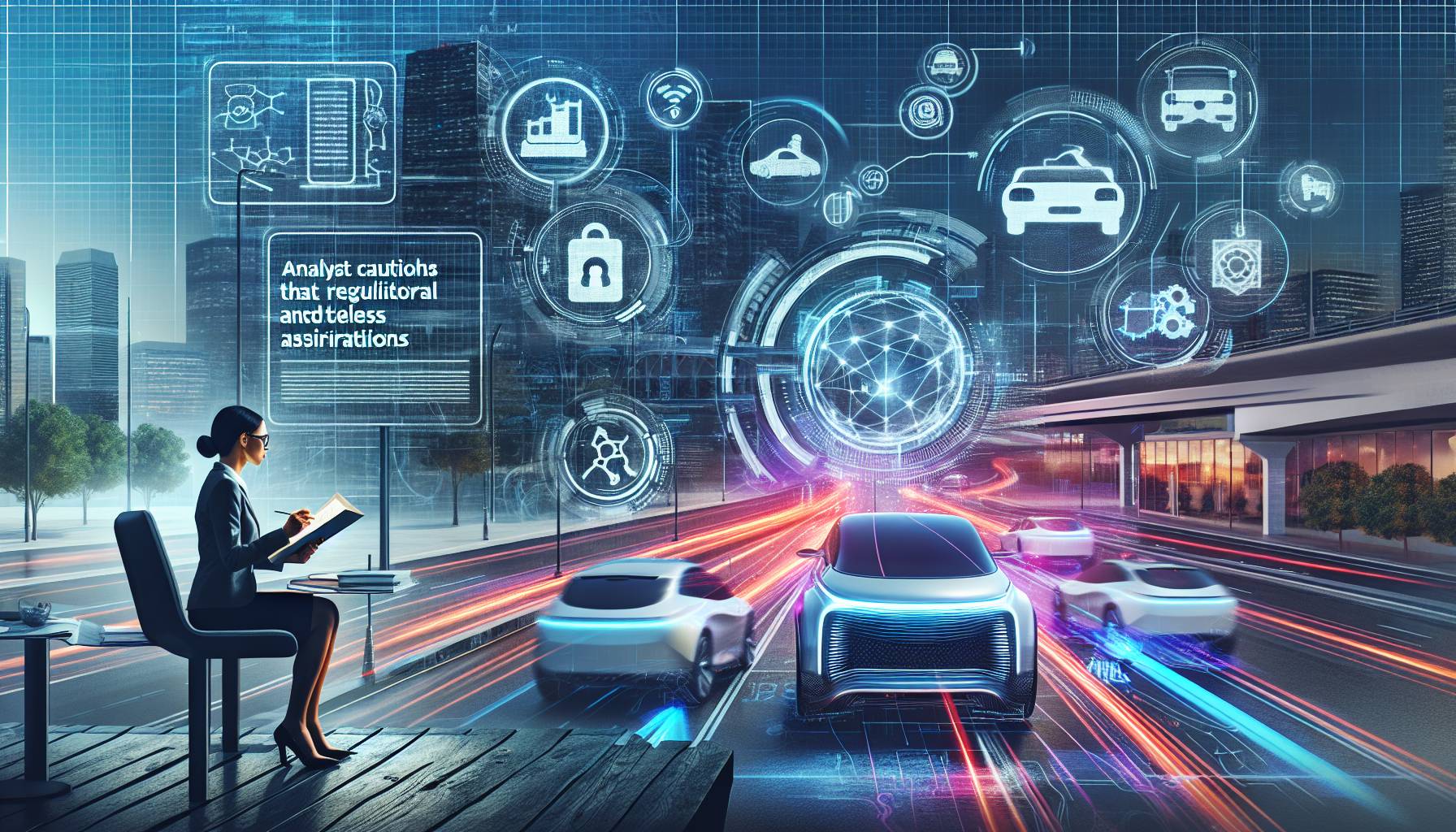
Tesla’s Q1 results fall short, yet investor enthusiasm persists
It’s rare for a company to report a 9% decline in year-on-year revenue and still experience a 15% rise in its share price, but that’s what transpired with Tesla after its Q1 earnings announcement. Revenue reached $19.34 billion, falling behind the $21.3 billion that analysts projected. Earnings per share were also significantly lower than expected, coming in at just 27 cents versus the anticipated 41 cents.
The core automotive revenue for Tesla plummeted by 20% to $13.9 billion, while gross margins decreased to 16.3%, down from 17.4% in the prior quarter. Typically, these figures would lead to a sell-off for most companies. However, Tesla inhabits a unique investor landscape, where the prospect of future growth often overshadows present performance.
Australian investors, who are increasingly engaging with Tesla through global ETFs and overseas equity investments, are keenly observing this trend. The ASX is familiar with tech-driven sentiment, and Tesla’s story as a groundbreaking innovator continues to hold appeal. In spite of the disappointing fundamentals, the market evidently anticipates long-term expansion, especially in sectors like autonomous driving and energy solutions.
The return of Elon Musk to full-time leadership has further boosted confidence among both retail and institutional investors. His influence in shaping market perception is unparalleled, and for many, Tesla transcends being merely a car manufacturer, instead viewed as a tech platform ripe for incredible growth.
For local investors, the essential takeaway is that Tesla’s valuation is fueled by vision rather than just figures. This represents a high-stakes, high-reward scenario — one that continues to draw investment from both sides of the Pacific.
- Q1 revenue: $19.34 billion (down 9% YoY)
- EPS: 27 cents (compared to 41 cents expected)
- Automotive revenue: $13.9 billion (down 20% YoY)
- Gross margin: 16.3% (decreased from 17.4%)
FSD technology and robotaxi aspirations boost future valuation
Central to Tesla’s long-term valuation is its Full-Self-Driving (FSD) technology, which remains the company’s most ambitious and potentially game-changing project. Although the Q1 financial results were disappointing, investor sentiment remains strong largely due to the allure of autonomous mobility. The upcoming robotaxi pilot in Austin, Texas, set for June, is being meticulously monitored by global markets — with Australian investors among them.
Amid the excitement, there are rising concerns about the readiness of the technology for commercial use. Tesla’s FSD version 13, which is intended to support the initial robotaxi fleet, still requires human oversight and has not undergone a public update in close to five months. This has raised eyebrows among analysts, including those at Piper Sandler, who maintain a positive $400 price target but recognize the current technological constraints.
For investors on the ASX or those investing in Tesla through global ETFs, this scenario presents a classic speculative opportunity. The market is essentially pricing in a future where Tesla vehicles operate autonomously, producing passive income for owners and changing the economics of car ownership. However, the chasm between this vision and the current technological capabilities remains substantial.
Elon Musk’s recent statements have only added to the intricacies. He clarified that any Tesla model — whether it’s an S, 3, X, or Y — equipped with FSD could serve as a robotaxi. Nevertheless, the eagerly awaited Cybercab, a purpose-built autonomous vehicle, will not be part of the initial rollout. This distinction is crucial, especially for investors evaluating the scalability and regulatory feasibility of Tesla’s autonomous objectives.
“We should clarify the definitions for robotic taxi or robo taxi. We’ve got a product called a Cybercab, and then any Tesla, which could be an S, 3, X, or Y — that is autonomous, is a robotic taxi or robo taxi,” Musk stated, while acknowledging the overall situation was “very confusing.”
In the Australian market, where regulations concerning autonomous vehicles are still developing, the implications are twofold. First, there’s the potential for future local adoption of similar services, which could disrupt traditional transport sectors. Secondly, there’s the investment perspective — with more Australians allocating funds to global tech opportunities, Tesla’s advancement on FSD could significantly affect portfolio performance.
Institutional investors and wealth managers within Australia are already incorporating these developments into their recommendations for clients regarding international exposure. The robotaxi narrative, albeit still speculative, is being seen as a pivotal factor in assessing Tesla’s valuation — and consequently, a possible catalyst for broader tech sector momentum on the ASX.
- FSD version 13 still requires human oversight
- No public update to FSD v13 in nearly five months
- Robotaxi pilot to launch in Austin, Texas in June
- Cybercab not included in initial rollout
- Piper Sandler maintains $400 price target despite tech concerns
As the June pilot approaches, Australian investors will be paying close attention. Whether Tesla can provide a functional, scalable autonomous service will have far-reaching effects beyond the roads of Austin — potentially shaping sentiment and capital movements across global markets, including right here in Australia.

